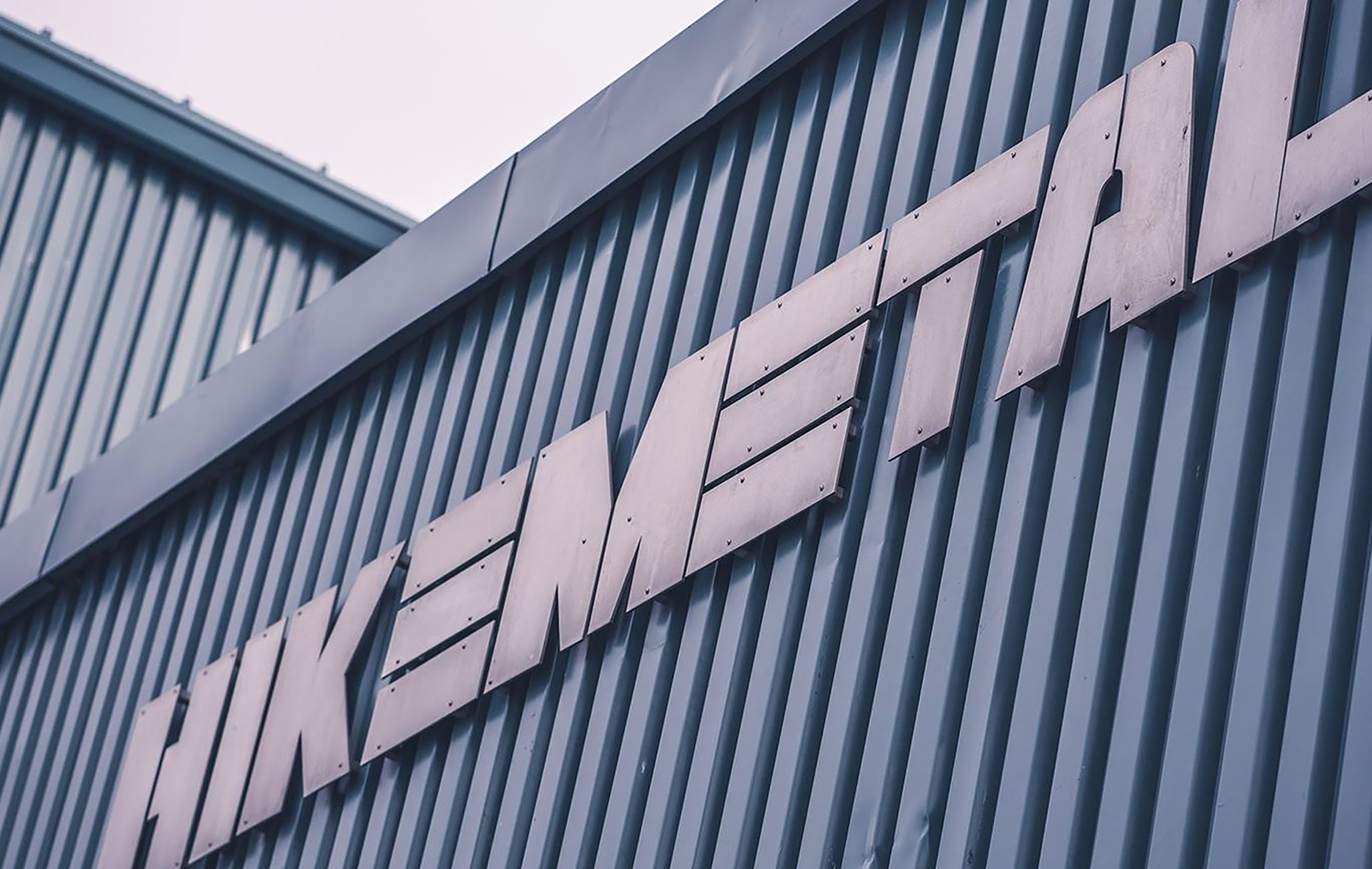Ontario has historically been the hub of the Canadian shipbuilding industry and is home to some of the most successful shipyards in the country. From the area’s extensive coastline and access to multiple waterways to its rich natural resources, Ontario was an ideal home for the home of Hike Metal Products Ltd and the shipbuilding industry.
While the industry has experienced multiple boom-and-bust cycles, through securing federal shipbuilding contracts and expanding the options available for custom shipbuilding, the industry is flourishing again.
Location
Located on the east coast of Canada, Ontario has access to Hudson Bay and the North Atlantic Ocean, making it an ideal site for shipyards that serve the Canadian Cost Guard, federal government and the marine industry. It has become a critical transportation hub for both newly commissioned vessels as well as serving as an ideal location for vessel life cycle services, like ship repair. Hike Metal is located in Wheatley Ontario Canada, on the Great Lakes, more specifically Lake Erie. Here is one of our past projects:
The 2nd #SAR vessel at Hike Metal Products is coming along as the deckhouse is married to the superstructure. #CCGShipbuilding #CCGProud pic.twitter.com/p63emnwzXc
— Canadian Coast Guard (@CoastGuardCAN) September 21, 2017
Ontario Shipyard History
The first Canadian shipyard dates back to the seventeenth century, during which time small wooden sailing crafts were built. Due to its versatility and constant innovation, the industry remained alive and experienced the first of many booms during World War I. Both combat and cargo vessels were in high demand during this time and were transported across the world to support the efforts of the Allied Forces.
The Great Depression saw the close of many shipyards as the Canadian combatant fleet became outdated and obsolete. It was not until the Second World War that the industry had another influx. The Allies needed newer, faster vessels and the Canadian shipyards met their demands. They served the war effort by supplying hundreds of ships. So many new vessels were constructed that, eventually, a surplus was created.
Since the World Wars, the industry has steadily been reduced. Competition from abroad threatened the shipyards as other countries offered cheaper manufacturing costs.
While the industry remained alive, surviving primarily through its versatility as it continuously adapted to meet the evolving needs of both the fishing industry and the federal government, the shipbuilding industry has never returned to its wartime size or strength.
The National Shipbuilding Strategy
After decades of decline, the start of the twenty-first century witnessed one of the worst impacts on the industry. In 2010, a 25 percent import duty on certain foreign vessels was lifted, encouraging more economic activity away from domestic shipyards.
To counterbalance this shift, the Canadian government instated a long-term project called the National Shipbuilding Strategy (NSS). The goal of the NSS was to refurbish and replace the Navy and the Coast Guard’s fleet with new combat and non-combat vessels. The scheme would aid both job creation and trade.
For shipyards eager to participate, the NSS represented a tremendous opportunity. Several different forms of government NSS contracts were created. They covered three sectors: the construction of vessels with more than 1,000 tonnes of displacement, the construction of vessels with less than 1,000 tonnes of displacement, and maintenance and repair projects.
This scheme saw millions of dollars invested into the shipbuilding industry as Canadian companies were granted the opportunity to take on major shipbuilding contracts. As such, shipyard operations have seen a massive increase in production and investment in the last thirteen years.
This federal shipbuilding program reinforced the country’s commitment to shipbuilding and cemented its importance to the Canadian economy.
The Future of Shipyards
As the purpose and requirements of ships shift and evolve, so does vessel construction. New techniques are constantly being implemented into both the design and the construction process, from robotic blasting to the inclusion of dry dock assets at all major shipyards.
Now, with the help of government funding, shipyards are equipped to fulfill multiple different purposes, from the construction of seaspan ferries to complex ship repair projects. This also extends the types of customers these shipyards can serve. From federal to commercial to private individuals, shipyards now have the resources to build vessels to match any purpose.
As such, many shipyards have also expanded into the construction of private, custom-designed vessels. These construction projects can include anything from a pleasure yacht to an oceanographic science vessel. By working closely with an expert in ship design, unique vessels can be created, constantly challenging what is possible.
Final Thoughts
Through the combination of government investment and the ingenuity of shipbuilders, the Canadian shipbuilding industry has been kept alive for centuries. From crafting innovative custom vessels to finding faster and more effective methods of repairing current models, the shipyards of Canada have set the precedent for other shipbuilding industries across the world to follow.
Contact the experts at Hike Metal Ontario Shipyard to get their combined experience on all your shipbuilding needs. Whether you are eager to design a custom vessel or are looking for a company to build a line of passenger ferries on your behalf, Hike Metal can assist you, reach out to us today.


